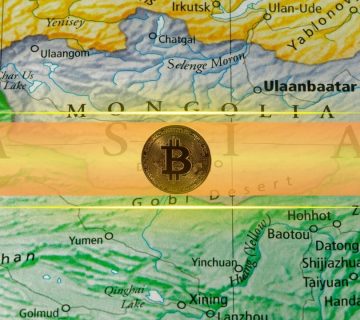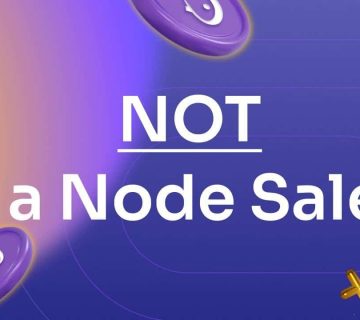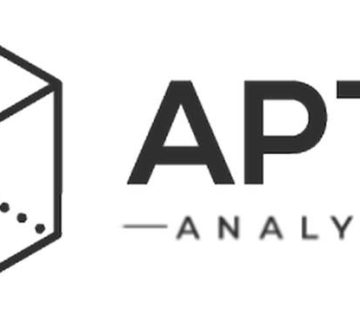Circle recently reported that the global settlement volume of stablecoins reached $7 trillion last year, nearly half the $14 trillion settled by financial powerhouses Visa and Mastercard.
This marks a shift towards digital currencies, especially in Latin America, where they have become part of everyday transactions.
Stablecoins Spearhead Financial Revolution in LATAM
The rise of stablecoins creates a new wave of financial interoperability and easier global commerce. Latin America, in particular, is at the forefront of this revolution with its rapid adoption and integration of digital currencies into everyday financial activities.
According to a Mastercard survey, 51% of the consumers in this region have used digital currencies for purchases, with one-third relying on stablecoins for routine shopping. This widespread adoption is driven by a large population having limited access to conventional banking services, offering a lifeline to underbanked people and the large developer base in the region.
The global financial landscape is shifting as more value is expected to migrate to blockchain-based financial services. This move is anticipated to disrupt traditional financial institutions, offering regulated, innovative financial services across various domains, including savings, payments, and credit.
Circle, a leader in the stablecoin market, has been instrumental in this shift. Since launching USDC, a dollar digital currency, in 2018, Circle has seen its adoption skyrocket, highlighting the potential and growing acceptance of stablecoins in the financial sector.
Latin America Embraces USDC in Fintech Innovations
Latin America’s fintech sector is rapidly integrating USDC with key players in the region to enhance its financial services.
Mercado Libre, the region’s largest e-commerce platform, now offers digital dollars through USDC, valued for its tra
Go to Source to See Full Article
Author: Wayne Jones





